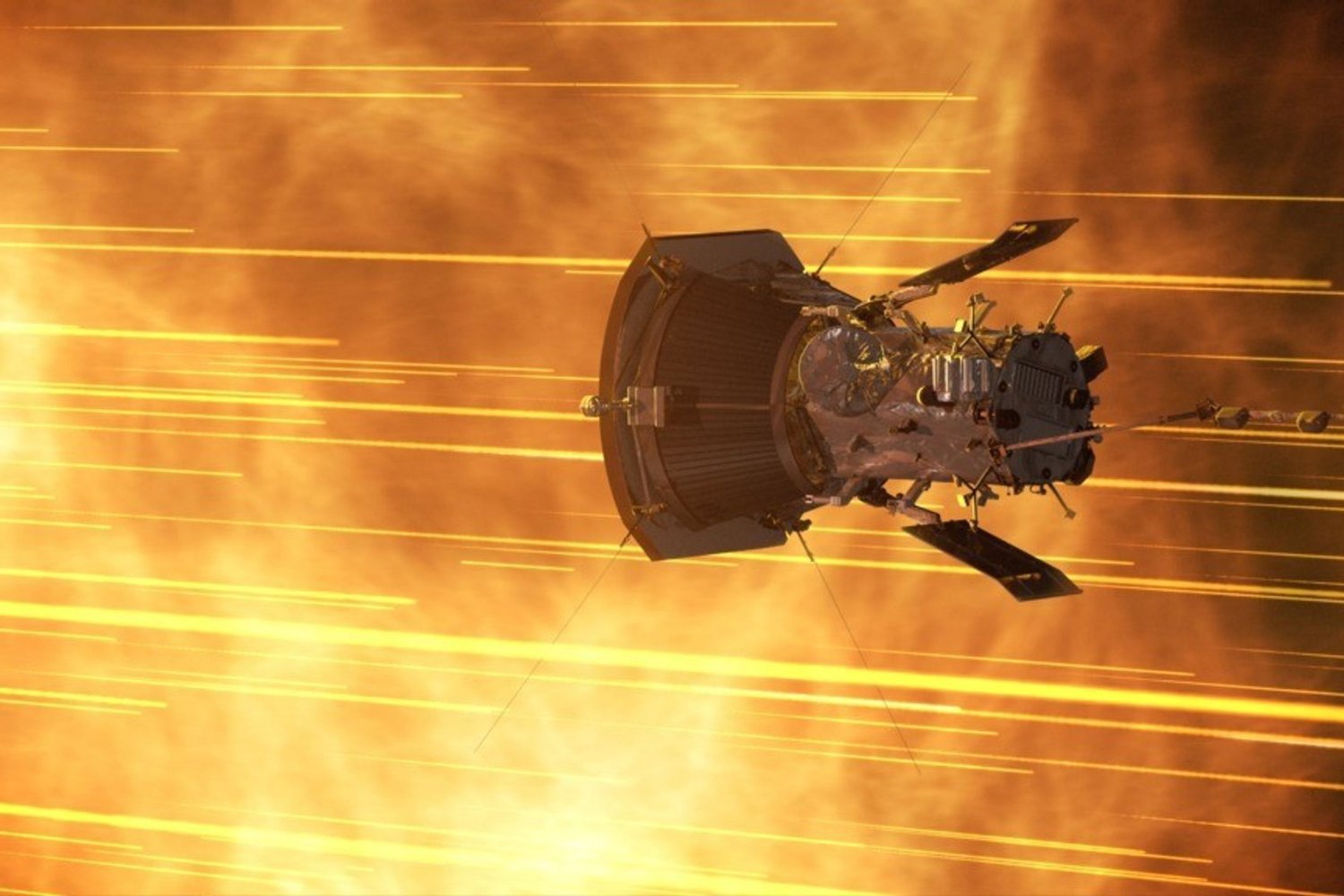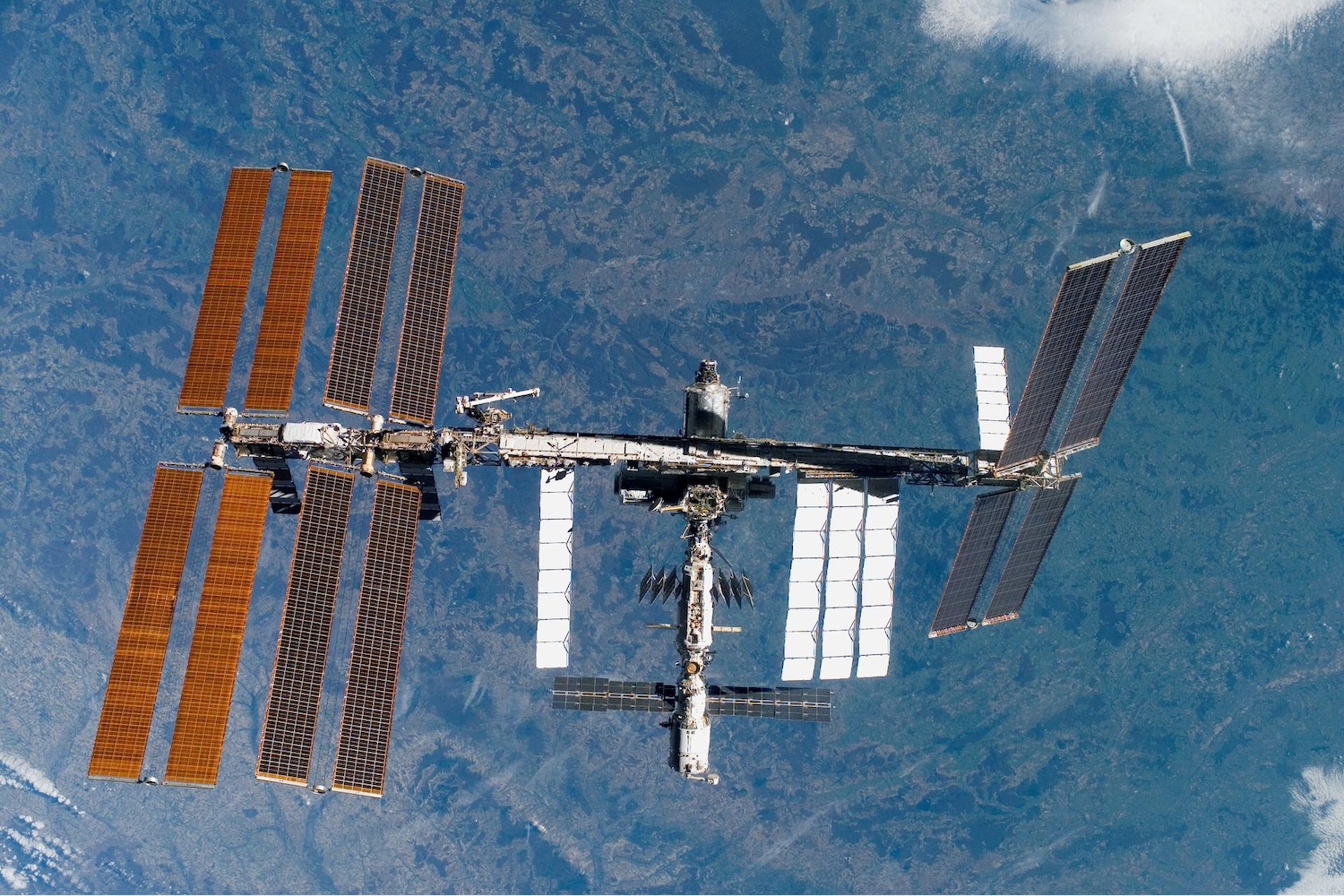In the most comprehensive analysis of its kind to date, scientists have used NASA satellites to gauge just how much of the world’s ice has been lost to the oceans. Their results? Data collected over eight years of the past decade indicates that melting ice raised sea levels worldwide by an average of 1.48 millimeters.
Underwhelmed? Let CU-Boulder physicist John Wahr — who helped lead the study — put that figure into perspective for you:
“The total amount of ice lost to Earth’s oceans from 2003 to 2010 would cover the entire United States in about one and one-half feet of water.”
That translates to about 1,000 cubic miles — roughly eight times the water volume of Lake Erie.
The data was collected using a NASA satellite system, called GRACE, that allowed the researchers to monitor ice loss across all of Earth’s land ice — a scientific feat which, until now, had been impossible. (In the past, estimates of global ice loss were made by measuring accessible glaciers and extrapolating the data to a global scale.)
And here’s something even more surprising: even with half a trillion tons of meltwater being added to the world’s ocean’s every year, the data collected by Wahr and his colleagues suggests that, outside of Greenland and Antarctica (the Earth’s two largest caps), much of the planet’s ice is melting at a slower rate than we once thought.
For example, high Asian mountain ranges — such as the Himalayas — were found to account for just 4 billion tons of ice melt per year. That may sound like a lot, but some previous, less-exact measurements had put that number at upwards of fifty billion tons per year. [The image featured here shows changes in ice thickness — in centimeters per year — between 2003 and 2010, averaged over ice cover outside of Greenland and Antarctica].
Be that as it may, it’s important to recognize that sea levels are, in fact, still rising in dramatic fashion. According to the researchers, the total contribution to sea level rise from all ice regions was found to be 1.48 millimeters per year, which corresponds well with previous estimates.
“[This] new data does not mean that concerns about climate change are overblown in any way,” explained glaciologist Jonathan Bamber in an interview with the Guardian. “It means there is a much larger uncertainty in high mountain Asia than we thought. Taken globally all the observations of the Earth’s ice -– permafrost, Arctic sea ice, snow cover and glaciers –- are going in the same direction.”
“Our results and those of everyone else show we are losing a huge amount of water into the oceans every year,” echoed Wahr. “People should be just as worried about the melting of the world’s ice as they were before.”
The researchers’ findings are published in the latest issue of Nature.
Top image via; figure via NASA












